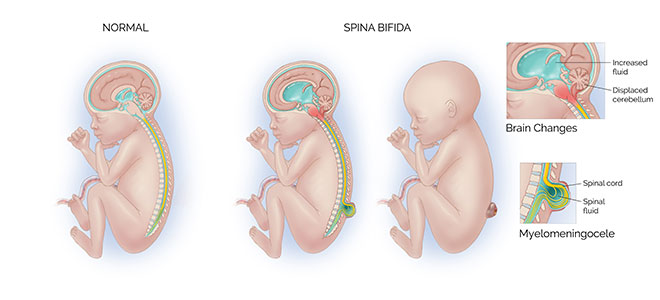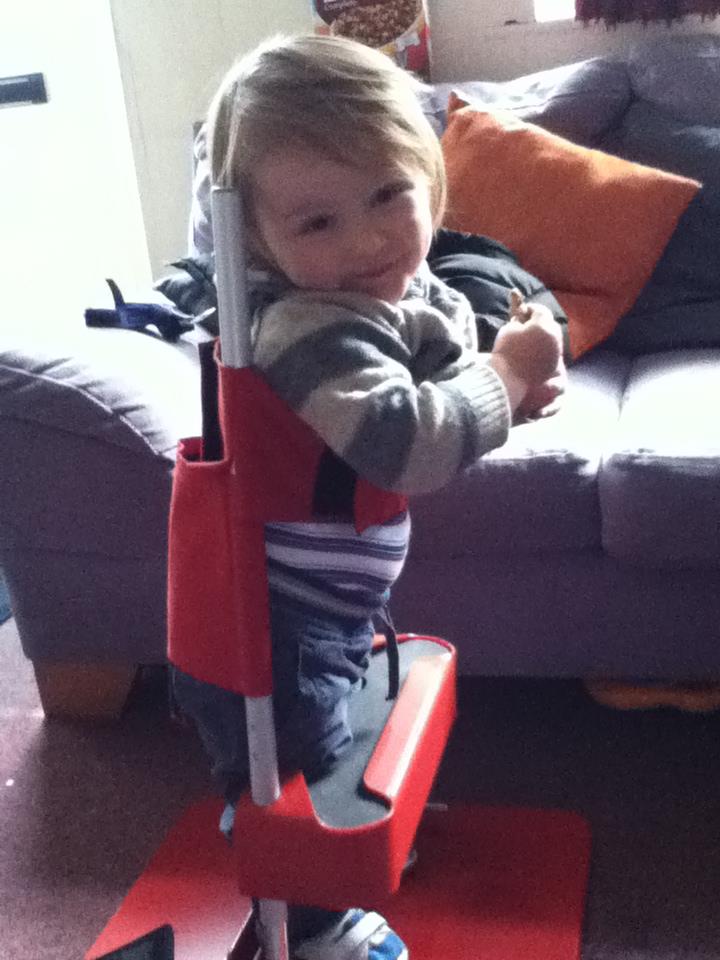Newsletter - February 2020

Welcome!
On Wednesday, February, 5th, I had the privilege of attending the premiere of the documentary Crip Camp. The premiere was held at the Museum of Modern Art in New York City. Fifty to a hundred people were in attendance. Crip Camp, directed and produced by Jim LeBrecht and Nicole Newnham, follows a summer camp in Woodstock, NY for teenagers living with differences in the 1960s. The campers have varying differences ranging from mild to severe. Their experiences are documented, including Jim LeBrecht who has spina bifida. Jim and the other campers struggle to fit into a society that does not accommodate their needs. The camp offers a home away from home where no matter the difference, everyone fits in and has fun. The campers experiences illustrate the need for inclusion. This leads to the first protests of the disability rights movement and the Americans With Disabilities Act in 1990.
The film is moving and captures the importance of inclusion for all people with different abilities and disabilities. The film was executively produced by Barack and Michelle Obama’s Higher Ground on Netflix and won the Audience Award at the 2020 Sundance film festival. This is a must-see film.
Article of the Month
What Is Spina Bifida?

Spina bifida is a congenial disease which occurs when the neural tube, which develops into the spinal cord and brain, doesn’t form as it should while a baby is developing. A gap forms in the spinal cord which can lead to physical and intellectual disabilities. Since the meninges, or the spinal cord’s protective case, does not form properly, the spine is unprotected and susceptible to impairment. Symptoms of spina bifida range from mild to severe, depending on the damage done to the nerves. The most common types of spina bifida are: myelomeningocele, meningocele, and occulta.[1]
Myelomeningocele is the most severe type of spina bifida. The gap in the spine expands over multiple vertebrae causing a cyst to form on the outside of the body. The cyst contains part of the spinal cord and nerves. Depending on where the opening forms, determines the degree of the intellectual and physical disabilities. Myelomeningocele commonly affects how a person uses the bathroom; many people experience bowl and urinary incontinence. In more severe cases individuals may have loss of skin sensation or paralysis of the legs. Some individuals may also experience learning disabilities.
Meningocele is a less severe type of spina bifida. It also causes a sack of form on the baby’s back, but does not contain any part of the spinal cord or nerves. This kind of spina bifida can cause minor disabilities such as movement disorders or bladder issues.
Spina bifida occulta, sometimes referred to as ‘closed’ or ‘hidden’ spina bifida, does not result in a sack forming on the outside of the body. In a small portion of people who have spina bifida occulta there aren’t any symptoms at all. Others may have a lump, birthmark, or a depression where the gap is on the spine. Since the spinal cord has its protective casing, the body protects it from most damage.
Sometimes the individual can undergo surgery to close the gap in the spine or prevent further injury from occurring. Most times the individual will need ongoing surgeries as the individual ages. The damage that occurred is irreversible but there are many therapies that may help individuals live fulfilled lives. Physiotherapy helps individuals live as independent as possible. The goal is to help with movement and prevent leg muscles from deteriorating. Using braces, walkers, and wheelchairs may also help individuals move around easier. Occupational therapy is another option for people who have spina bifida. This therapy teaches individuals how to do day-to-day activities. The activities range from learning how to get dressed, travel, use the bathroom, and how to adapt to the environment. Service animals are also an option for people who have spina bifida. With a support system, resources, and medical treatment, people with spina bifida are able to live satisfied, happy lives.
[1] https://www.cdc.gov/ncbddd/spinabifida/facts.html
D & A Featured Story
WHAT TO EXPECT WHEN YOU'RE EXPECTING A CHILD WITH SPINA BIFIDA

Back in 2010, I was 20 weeks pregnant with our third child. I'm ashamed to say I was complacent when we went into the scan room - just excited to find out the sex of our baby and not at all thinking about the possibility of anything being wrong. After a massively long time the sonographer turned off the machine and looked at us; she told us that she had seen a 'lemon' shape and a 'banana' shape which made it likely our child had spina bifida. And there it was. We knew nothing about it and to be honest the rest of the pregnancy was a whirlwind.
Angus was born, gorgeous and calm, on the 4th of October, 2010. He was whisked off to the special care unit and had his back closure surgery on day 2 of his life. We felt like the luckiest parents alive that first day after his surgery - he was truly the most gorgeous looking baby and all the nurses would fight over him in the ward. No part of us as parents ever didn't feel immense pride in him - he was just perfect to us.
Resources
There are many resources available to people born with spina bifida and their families. Many organizations can provide transportation assistance, educational material, financial assistance, medical equipment, and legal help when needed.
SPINA BIFIDA RESOURCE NETWORK
SPINA BIFIDA ASSOCIATION

